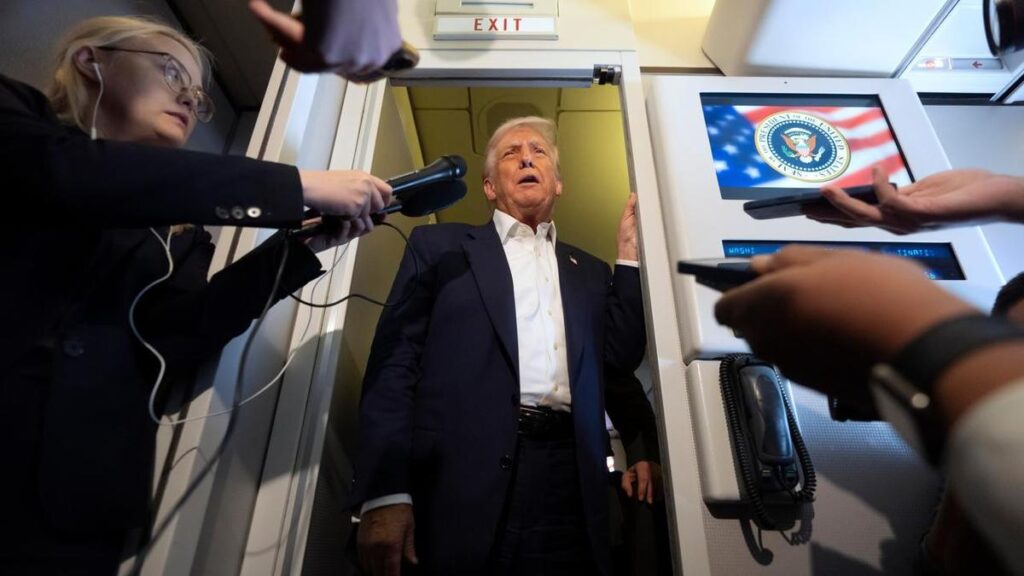
US President Donald Trump confirmed that he underwent an MRI examination, describing the results as “perfect.” The announcement came while he was aboard Air Force One on his way to Tokyo on October 23, 2023. The purpose of the MRI was not disclosed, raising questions among reporters traveling with him.
Understanding MRI and Health Context
A magnetic resonance imaging (MRI) scan utilizes magnets and radio waves to produce detailed images of the body’s internal structures. This technology is commonly employed to assess various health conditions. At 79 years old, Trump is the oldest person to have been inaugurated as US president and the second-oldest to serve in the office.
Earlier this month, Trump’s physician, Sean Barbabella, provided a medical evaluation indicating that the president was in “exceptional health.” This statement follows a previous health disclosure in July, when the White House acknowledged that Trump was experiencing swelling in his lower legs and bruising on his right hand. These health concerns were highlighted when photographs showed visible swelling in his ankles, prompting discussions about his overall health.
Previous Health Concerns Addressed
At that time, the White House released a letter from Dr. Barbabella, explaining that tests confirmed the leg swelling was due to “chronic venous insufficiency,” a benign and common condition that often affects individuals over the age of 70. Furthermore, the bruising on Trump’s hand was attributed to minor soft tissue irritation, which can result from frequent handshaking and the use of aspirin, a medication he takes as part of a standard cardiovascular prevention regimen.
Since these incidents, the White House has downplayed concerns regarding Trump’s health, providing little information on how the leg condition is being managed. The president’s latest report of a “perfect” MRI scan may aim to reassure the public and address any lingering worries about his health as he continues his presidential duties.






